

Mark will work with scientists to create artworks that investigate and illuminate topics that deal with the basic building blocks of the universe. His focus at UCSB has been projects that are generative, collaborative, technologically-based and visually intriguing.

news.fnal.gov/2021/06/visual-artist-mark-hirsch-named-2021-fermilab-artist-in-residence

This year's virtual conference is from October 24-29. Congratulations to Hannah Wolfe, Solen Kiratli, Sihwa Park, Lena Mathew, Weidi Zhang and Donghao Ren for their contributions to the 2021 International Conference on Computer Vision Theory and Applications.
Cangjie’s Poetry
Humans and machines are in constant conversations. Intelligent machines today are not only observers of the world, but they also make creative decisions. If AI imitates human beings to generate a symbolic system and actively communicate with us based on their own understandings of the universe, to what degree do their messages and meanings recontextualize our coexistence?
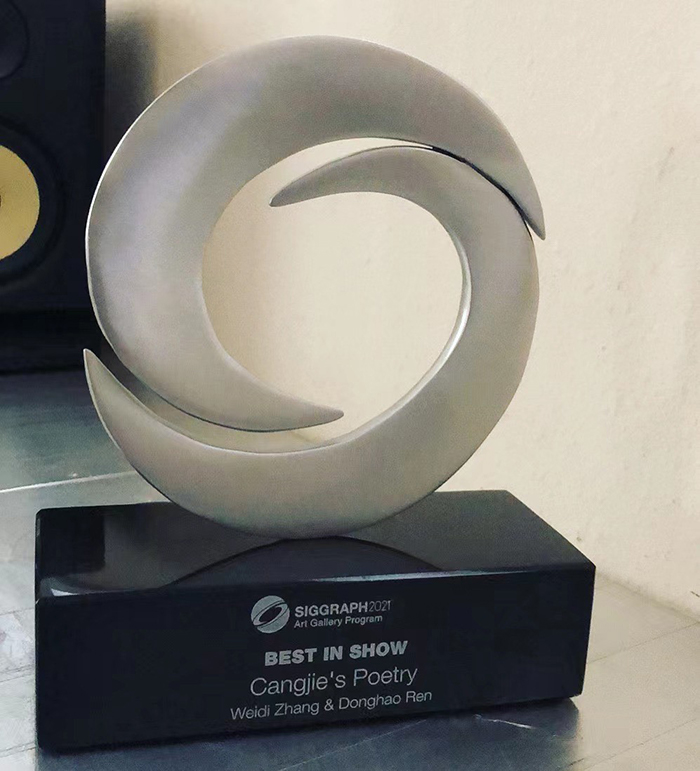
Cangjie’s Poetry Best in Show Award, SIGGRAPH 2021 Art Gallery Program.
UCSB alumni Donghao Ren (PhD Computer Science) collaborated on this project.
Astro
Astro examines our Earth, the only astronomical object known to harbor life, from the perspective of intelligent beings in outer space.
Weilu Ge (sound) and Shaoyu Su (3D artist) collaborated on this project.
Astro was also exhibited at the Shenzhen Museum of Contemporay Light’s opening show in April, 2021. The artwork was adapted so that it could be projected onto the exterior facade of the museum.

Astro at the Shenzhen Museum of Contemporay Light’s opening show.
Shenzhen City Light Art Museum's opening show
Repository
Repository examines digital data authorship, ownership, transformation and longevity.
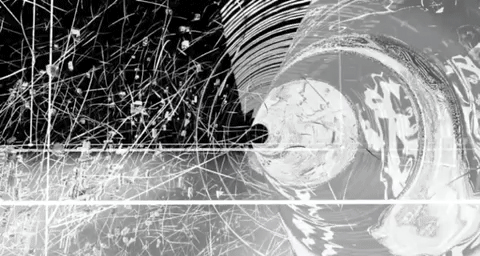
Repository
Volume of Voids II
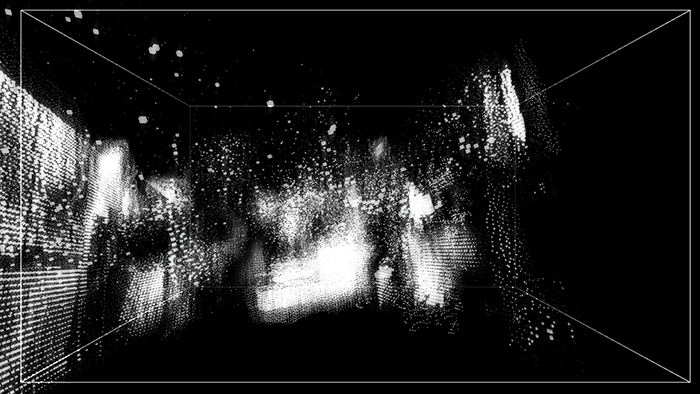
Volume of Voids II
In collaboration with Shaoyu Su.
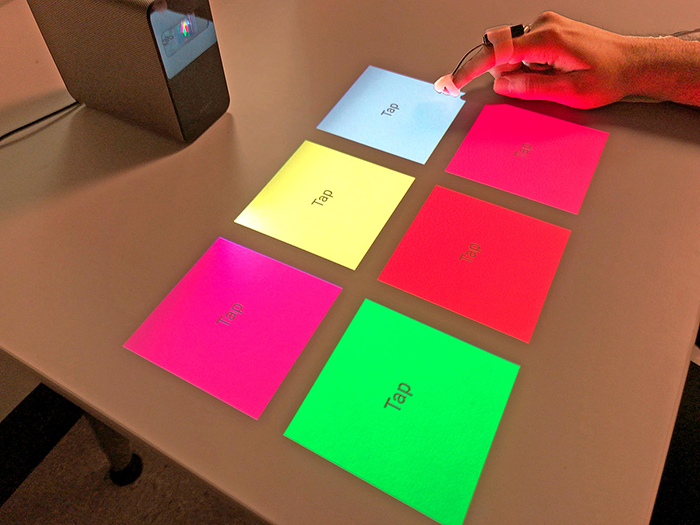
Anzu Kawazoe and Yon Visell
The course is part of the MAT THEMAS undergraduate course series that incorporates STEM + Arts & Humanities (Technology Humanities Engineering Mathematics Arts Sciences).
Course description
What does it mean to "make the world a better place"? How do we enact eutopias (good, possible places) rather than merely imagine utopias (ideal, impossible places)? (E)Utopian Design Tools is a creative-computing and project-based class that operationalizes positive and innovative change. Working with the 3D graphics program Blender and connected platforms, we leverage digital tools as the arm of our imaginations, addressing contemporary problems as creative opportunities. We engage worldmaking, immersive art, and speculative design through the transdisciplinary pedagogical model of THEMAS (STEM+Arts+creative Humanities) to impart a holistic thinking and making toolbox. Additionally, we train a making reflex to problem-solving through iteration and prototyping. Strategies for designing with impact, ingenuity, and empathy are further refined via concepts from cognitive science, user-centered design, engineering ethics, and information aesthetics, among other areas. A selective survey of the literature of utopias also contextualizes this undertaking. In these ways, we empower students to meet challenges holistically, effectively, imaginatively, and compassionately, with a cutting-edge toolkit supercharged with computation. The "real world" is not fixed but music in motion: we are its composers and performers. In this unique, historical moment, how will you create the future?
Cangjie is a complex intelligent system that was designed as a conceptual response to the future semantic human-machine reality. There are two visualizations generated by Cangjie through perceiving the real-world via a camera (located in the exhibition space) in real time. Inspired by Cangjie, an ancient Chinese legendary historian (c. 2650 BCE), who invented Chinese characters based on the characteristics of everything on the earth, we trained a neural network "Cangjie" to learn the constructions and principles of all the Chinese characters. It transforms what the neural network perceives into a collage of unique symbols made of Chinese strokes. UCSB Computer Science PhD alumni Donghao Ren also collaborated on the project.
Due to the pandemic, the exhibit has been modified to use public sources of data that replaces the video camera in the exhibition space.
Another art project by Weidi Zhang titled "Lavin" has been selected to be a part of the art gallery for the 2021 Conference on Computer Vision and Pattern Recognition. The virtual event will take place June 19-25 2021. MAT PhD alumni Rodger Luo also collaborated on the project.
A new audio visual artwork by Weidi Zhang titled "Astro" will be shown at Planetarium 1 in St. Petersburg Russia.
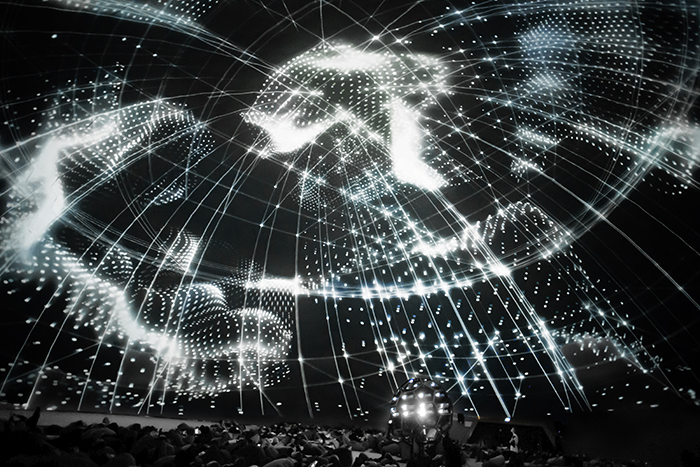
Astro by Weidi Zhang
Weidi discussed her current art projects in an interview by Neural Magazine.
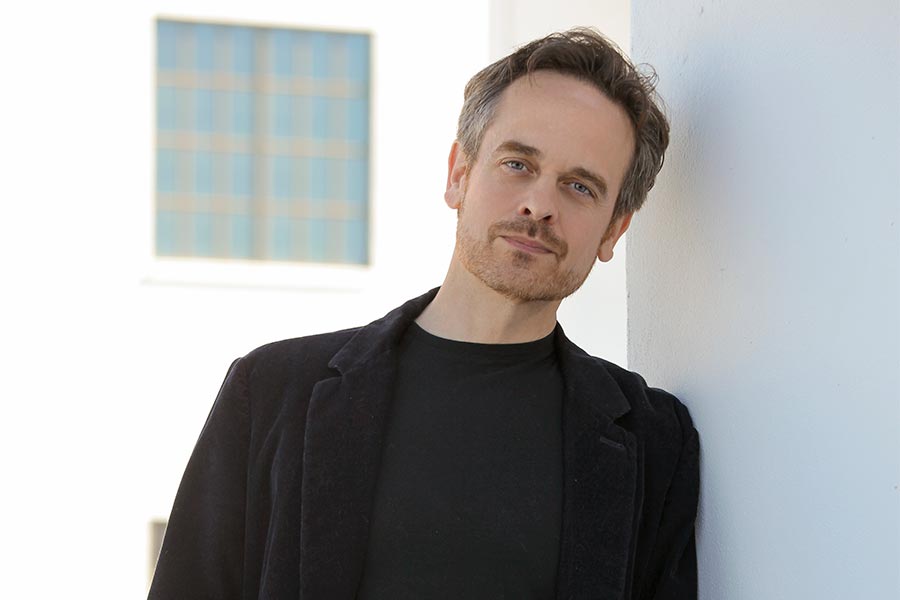
Photo: UC Santa Barbara Alumni
The article appeared in the Alumni Spotlights, which features news about outstanding UCSB alumni and their contributions to their field of study. In the article, Marco discusses his art, his work, and the challenges of opening a new museum in Santa Barbara during a pandemic.
"Oscilla" is currently on display at the Museum of Sensory & Movement Experiences, a Santa Barbara based museum dedicated to interactive and media artworks. Marco Pinter is the executive director of the museum.
www.alumni.ucsb.edu/stay-informed/alumni-spotlights/modern-renaissance-man
The exhibition is part of the symposium "Unfolding Intelligence: The Art and Science of Comtemporary Computation".
PSAA is an AI-generated cartography. This program generates a new type of poetic pseudo archive of alternative machine readings in the age of rising mass surveillance architectures. Over time, the program unfolds on the browser's screen, extracting the main features from several images and generating new layers of reconstructed data. In a way, a diagrammatic representation of humanity and the violence we inflict upon each other.
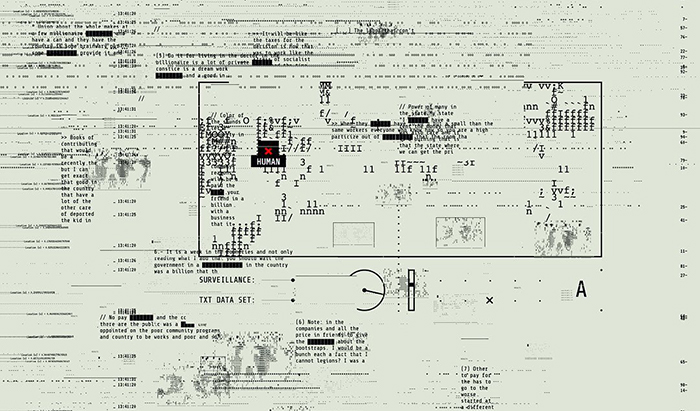
Instagram: www.instagram.com/p/CNF_35uDDN0
Exhibition website: unfoldingai.mit.edu/exhibitions
Exhibition page:
generative-unfoldings.mit.edu/works/psaa/view.html
The title of her presentation is "Using the Creative Process as a Computational Framework for Unfolding Complex Systems". In professor Kuchera-Morin's research, one picture is worth approximately 60 million numbers. How can one find patterns in complex information and work with the information creatively and intuitively leading to new and unique innovation? Using the compositional framework within the AlloSphere, one of the largest display devices in the world for multi-modal data representation and an ideal platform for designing our n-dimensional sketching system, we have developed a series of prototypes and solutions for immersive multimodal mappings of complicated scientific data.
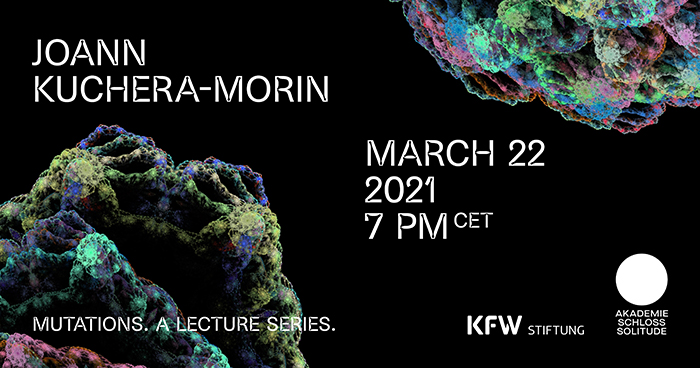
Website: www.akademie-solitude.de/en/event/mutations-a-lecture-series
Instagram: www.instagram.com/p/CMcWN7iosGd
At this year's event, presentations were given by MAT professor JoAnn Kuchera-Morin, Director of the Allosphere Research Group at the University of California Santa Barbara, and MAT alumna Yoon Chung Han, an assistant professor in the Department of Design at San Jose State University.
Professor Kuchera-Morin's presentation was titled "Composing and Performing Complex Systems: From the Quantum to the Cosmological".
Professor Chung Han's presentation was titled "The Roads on Your Veins: Revealing Hidden Narratives in Human Veins and Visualizing Veins and Map Data Using Technology".
The 109th College Art Association's annual conference was held from February 10-13, 2021.
The event can be viewed here: www.youtube.com/watch?v=3PJ0UNUGiYo
College Art Association 2021 conference
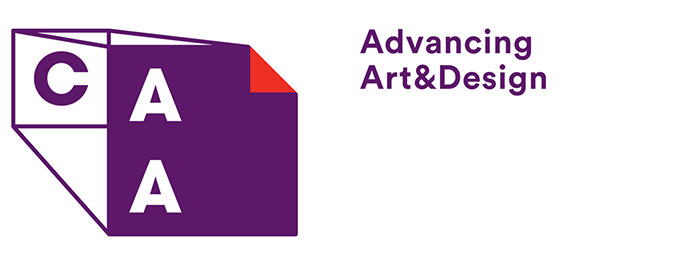
"Uncertain Facing" is a data-driven, interactive audiovisual installation that aims to represent the uncertainty of data points of which their positions in 3D space are estimated by machine learning techniques. It also tries to raise concerns about the possibility of the unintended use of machine learning with synthetic/fake data.
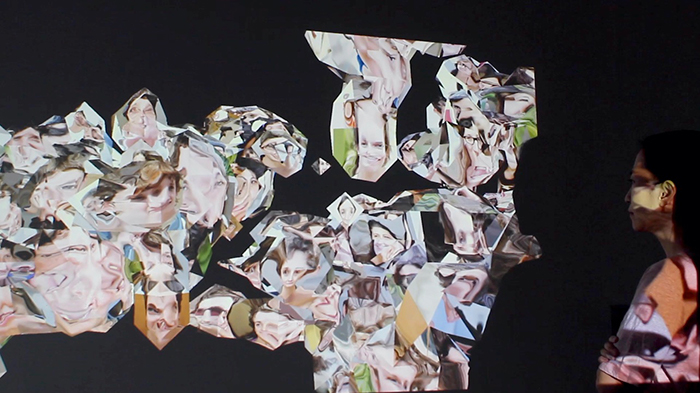
sihwapark.com/Uncertain-Facing
Located in La Cumbre Plaza at 120 South Hope Ave Suite F119, the museum creates a hands-free interactive experience that explores the next generation of media arts. The art pieces are primarily by local artists, including one by MAT students Xindi Kang and Rodney Duplessis titled "Oscilla", in which a person speaks into a microphone, and watches the frequencies of his or her voice displayed in multi-color on a large screen.
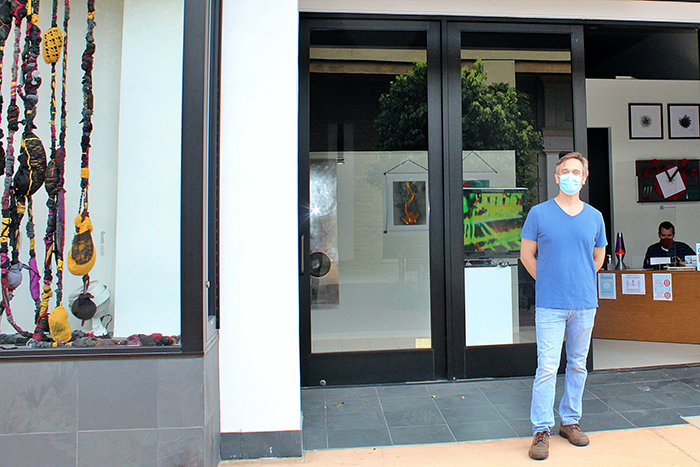

Read more about MSME in this Santa Barbara Noozhawk article.
Website: seehearmove.com